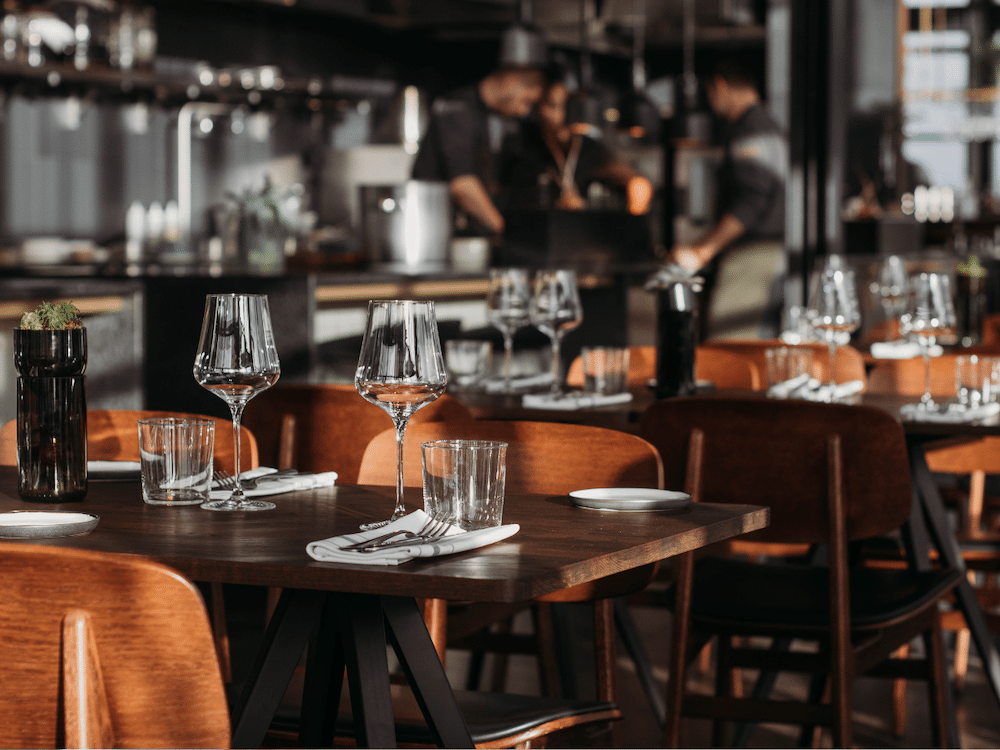What is a restaurant marketing strategy?
A restaurant marketing strategy articulates the primary reason of how your marketing efforts will help you achieve your goals. Think of it as the “why” behind your marketing efforts. Your marketing strategy will include your goals, campaign objectives, target audience, methods of communication and competitor analysis.
What is a restaurant marketing plan?
Your marketing plan acts as your roadmap, clearly identifying the steps that will be taken to realize your marketing strategy. Think of it as the “what” behind your marketing efforts. Your marketing plan should focus on the tactical steps you will take to achieve the goals outlined in your strategy.
Do I need a restaurant marketing plan?
An effective restaurant marketing plan can help boost brand awareness to reach new customers while increasing customer retention which are both essential to increasing sales which leads to improved profitability.
Download our free ebook: Marketing Tips: Promote Your Restaurant
How to create a restaurant marketing plan
Write an executive summary
The summary is a compilation of the highlights of your entire plan. The executive summary should briefly describe your product, your customer base, competition, and strategy. Although this will be the first section of your business plan, it is highly recommended to write it last, to ensure that you have thoroughly thought through every aspect of the plan before summarizing it.
Define your brand
The business concept is a basic description of your restaurant and the need it will fill in the market. This is where you can describe what niche your concept fills, and what is different about your business that will make you stand apart from the competition.
Identify your target customers
Knowing who you want to target with your marketing efforts will help you create marketing campaigns that resonate with that audience. For example, if you are located near a business district you may want to serve professionals looking for a nice lunch restaurant to entertain clients or a great happy hour to meet with colleagues after work.
Perform market analysis
Conducting a thorough market analysis will help you understand what you are up against. Who is your competition and how do you compare? What differentiates you from these competitors? What share of the market are you capable of obtaining?
Learn 9 simple steps to conduct a restaurant competitive analysis.
Create a plan
What tactics do you plan to deploy to win market share and increase sales? Your plan should be highly flexible as it could be in flux as you learn to better communicate with your target audience. The main point that needs to be considered is the channels of communication you plan to use to build your customer base. Whether it be social media, texts, digital advertising, or printed materials such as flyers and/or coupons, certain marketing efforts will be better than others for your target customers which makes measuring an important part of your marketing plan.
How to measure restaurant marketing plan success
Both paid and free marketing efforts should be measured to help you understand what is working for your business and what is not. We advise setting a few obtainable key performance indicators (KPIs) to measure the success of your restaurant marketing plan.
A few examples of KPIs to measure include:
Customer reviews: You can increase your customer retention rate by tracking your online review metrics on websites such as Google, Yelp, and Facebook, and more. Focus on defusing negative reviews with sincere efforts and using the feedback to improve your operations.
Customer retention rate: Customer loyalty programs are a great way to increase customer retention. Studying repeat visits, spending, and reward usage lets you know if you are meeting your customers’ needs and how loyal your customer base is.
Email open and click-through rates: While it is important to grow your email list, the open rate determines if your messaging is interesting to your audience because they are taking the time to read the content. Even better is the email click-through rate because that means that your email was compelling enough for the reader to take action.
Social media metrics: Likes, clicks, comments, tags, and shares across your social platforms let you know if your social media messages are resonating with your audience and attracting new followers.
Website metrics: Your website is a great marketing tool. By monitoring your activity in Google Analytics, you can find out how many people visit your website, where they come from, how long they stay and what they do when they are there in order to make informed decisions on where your site could use some improvement.
Sales: An increase in sales is a great indicator if you are converting targeted prospects into customers and customers into regulars.
Conclusion
With the cost of goods sold increasing, labor costs increasing, and margins being squeezed, it is more important than ever to attract new guests and retain current guests. While traditional marketing strategies remain valid, restaurant marketing strategies are consistently evolving. Creating a solid restaurant marketing plan and monitoring your progress allows you to see where you should concentrate your marketing efforts based on what is working and what is not for your unique business.



